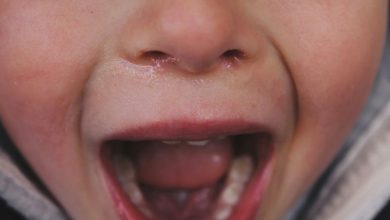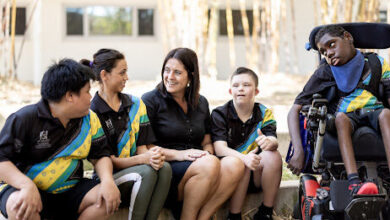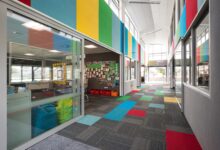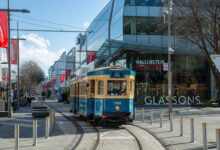New charter schools begin operations
Seven new charter schools are set to start operations this term. School News caught up with the school management teams.
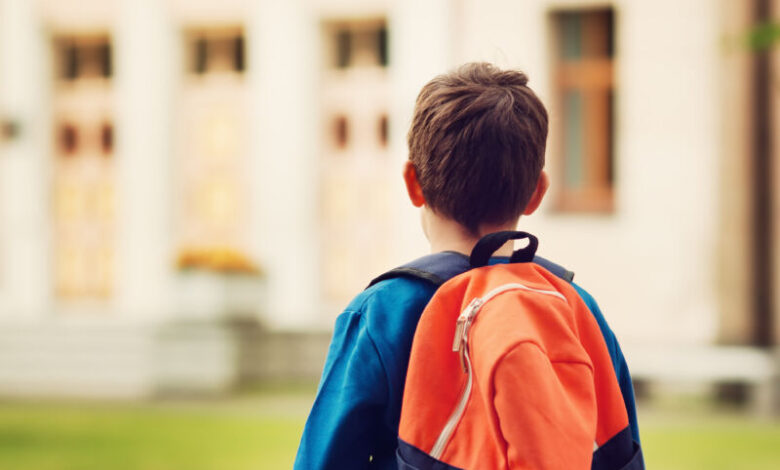
Seven new charter schools will begin operating from this week, following a competitive round of funding allocation last year.
The schools include:
- Mastery Schools New Zealand – Arapaki (Christchurch)
- Christchurch North College (Christchurch)
- The BUSY School New Zealand (Auckland)
- Te Rito, Te Kura Taiao (Kaitaia)
- École Française Internationale (Auckland)
- North West Creative Arts College (Auckland)
- Tipene | St Stephen’s School (Auckland)
Intakes will vary from six to 60 pupils per school in the first term, with some schools being flooded with expressions of interest.
Read the latest print edition of School News online HERE.
Jane Lee, Charter School Agency Chief Executive, said that the new charter schools will “Allow children from a range of backgrounds with various learning challenges, abilities and interests, the opportunity to learn in environments that help them progress and achieve.”
School News asked the schools how they were feeling ahead of their respective openings.
Mastery Schools New Zealand – Arapaki
Mastery Schools New Zealand – Arapaki (MSNZ – Arapaki) is the Christchurch branch of an Australian group. Their approach involves repeated content and regular testing, designed to help students with learning struggles succeed. Rose McInerney, Principal at Mastery Schools New Zealand – Arapaki, says they are “excited and ready” to open.
“Our central focus is on academic acceleration and success through mastery learning of literacy and numeracy. Our aspiration is that every learner that graduates from MSNZ – Arapaki has gained academic mastery and successfully reintegrates back into mainstream education with confidence.
“We have a transition teacher who will focus on successful transitions for new students coming to us and then transitioning them back into their mainstream school when they are ready.”
The school will create “optimal learning conditions” for each student, with high teacher-student ratios and an individual learning plan for each student. The school will also increase the time spent on literacy and numeracy, extending the school day by an hour.
“Our focus is on explicit instruction pedagogy where new content is introduced at just 15 percent each day, allowing students lots of practise and repetition to ensure that the learning goes into their long-term memory.”
McInerney says MSNZ – Arapaki is “grateful and blown away” by the support they’ve received, with over 150 expressions of interest and a Term 2 waiting list. The school aims to accept up to 25 more students each term until a capacity of 210 is achieved.

McInerney says the school has also received support from the education community, including local principals and colleagues. MSNZ – Arapaki plans to host professional development and classroom observation sessions, and collaborate on teaching projects.
“We believe that our model will work effectively side by side mainstream schools to truly do what is best for each child.
“We are committed to forming strong partnerships with local schools and educators [to] promote the sharing of best practices and innovative instructional teaching methods, benefiting the wider educational community to achieve equity for all students.”
The school has a partnership with Whitiora, the education arm of Ngāi Tuahuriri, working with Lynne Te Aika to ensure the school reflects the bicultural context of Aotearoa New Zealand.
“MSNZ – Arapaki embraces the chance to do something different for our tamariki who have disengaged from their learning. They deserve access to education that works for them, and we are highly motivated to help them get it.”
Te Kura Taiao
Te Kura Taiao is a reo Māori immersion school for primary-aged mokopuna, led by Kaihautū Hailey-Jane Tobin.
The school is set by the Taumarumaru reserve in Doubtless Bay on the land of three historical pā. The whenua will be integral to the learning model of the kura, says Tobin.
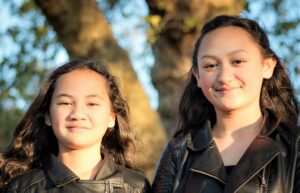
“Our kaiako and whānau are really excited to launch this kaupapa in our area. It has been an aspiration for our mokopuna to be able to explore our natural local environment that is rich in history, pūrākau – stories and projects that complement our role as kaitiaki in these spaces.
“Our setting and outdoor learning spaces extends to the beautiful Taumarumaru reserve where we have a collective vision to revive the native trees and wildlife on our pā. With support from our whānau, hapū, DOC and local community groups we will continue working on initiatives that brings that vision alive.”
Learning opportunities will include conservation work such as pest control, water testing, planting native species, and monitoring and species identification as well as “general kaitiaki roles”.
Tobin says the support from local whānau, hapū and the wider community has been “overwhelming” as the school seeks to support environmental projects “for the betterment of our pā and the surrounding areas.
“When we prepare mokopuna to be active contributors in these spaces we are encouraging the next generation to be kaitiaki for years to come. This is our opportunity to see future-proofing in action whilst providing mokopuna with the necessary skills that will prepare them well for their lifelong journeys.
“With a focus on our core curriculum areas of Te Reo Matatini (literacy), Pāngaru (numeracy) and Pūtaiao (the sciences) we want to inspire our mokopuna to be the next researchers, scientists and explorers.”
École Française Internationale Auckland
École Française Internationale Auckland (EFIA) is a bilingual international school which will teach the French curriculum, informed by the New Zealand Curriculum. Eventually, the school will offer the International Baccalaureate (IB) in French and English for Years 12 and 13.
Yves-Louis Dorsemaine, spokesperson for EFIA, says the school is “thrilled to finally welcome our first students. There’s also a sense of pride among the team as we prepare to offer something truly unique to the community.

“One significant need [in the community] is providing an educational option that combines the rigour of the French curriculum with a focus on academic success while embracing the emphasis on soft skills, kindness, and holistic development that the New Zealand system does so well. École Française Internationale Auckland aims to bridge this gap by offering a bilingual, bicultural learning environment that fosters academic excellence, personal growth, and global perspectives.
Doresemaine says the community has been enthusiastic about the opportunity for bilingual education in Auckland.
“The feedback has reinforced the importance of offering this type of schooling to meet the diverse needs of our multicultural community.”
The BUSY School
The BUSY school will be the Auckland branch of an Australian school group focused on offering young people disengaged with mainstream schools alternative pathways for their futures.
Students will develop an individual learning plan and career pathway plan with staff members, focused on their own goals and interests.
There is a focus on vocational training, with opportunities for students to complete structured work placements or school-based apprenticeships.
Bill Wiegall, Executive General Manager of BUSY Education Australasia, says the group is “very excited” to establish the new Auckland | Tāmaki Makaurau campus, “and to make a real difference to students seeking an alternative to mainstream education”.
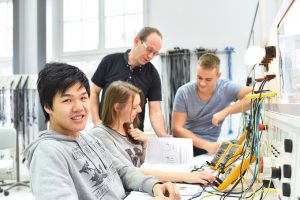
“We know there is a growing cohort of young people who for many reasons do not fit into mainstream schooling. Without education and opportunities for vocational training, work placements and jobs, these young people become vulnerable and face higher risks of sustained unemployment, poverty, substance abuse and engaging in juvenile crime.”
Weigall says the school achieves positive outcomes through “highly tailored” education and wrap around support for students, focusing on their wellbeing. They also engage with local employers to provide work placement and vocational opportunities.
Principal Moana Va’aelua has been appointed by the school group to run the campus, and Weigel says her “strong passion for supporting students and her deep knowledge and expertise in pedagogy and pastoral care were very evident to us.”
Va’aelua says many young people feel “left behind” by mainstream models.
“They may face challenges such as financial hardship, difficult home lives or mental health issues. These barriers don’t mean they’ve stopped wanting to learn – they just need the right environment.
“I have seen too many young people feel left behind by traditional schooling and The BUSY School model fills an important gap for these students. I know that when young people overcome the challenges of disengagement from education, the ripple effects are life-changing–for them, their families and their communities.”
Small class sizes and removing barriers to attendance are also key policies of the BUSY school model, says Va’aelua. The school will provide uniforms, laptops, meals and transport assistance where required while building relationships with whānau, communities, employers and other stakeholders.
Va’aelua says the school has been speaking to iwi and other education, training and business stakeholders, who believe in a need for their model of vocational education. The level of interest from whānau has been high.
“We are also excited about the level of interest and support we are seeing from industry training organisations (ITOs), business organisations and employers.
“We believe we will be able to make a strong contribution to supporting interested students and families very quickly.”
North West College
North West College (NWC) is a new fees-free school aimed at providing a local secondary school option for whānau in north west Auckland.
Founded by Sherida Penman Walters and Ken Pemberton, former principals of Pinehurst School and Murrays Bay School respectively, the school will provide a creative arts curriculum alongside academic programmes.
Walters says the team is “thrilled” to open their doors after “years of planning and dedication.
“We’ve created an attractive and inspiring learning environment that will help our students thrive academically and creatively.”
Walters says the area has suffered from limited secondary school options, and NWC will provide families “with a much-needed choice”.
The school will have no more than 15 to 20 students per class to “ensure personalised attention and support for every learner.”
The school beings with a small cohort of students from years 7 to 9, and will gradually expand to a full Year 7 to 13 secondary school.
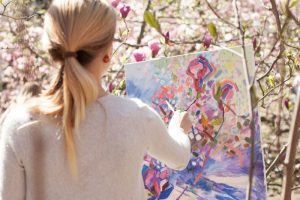
Walters says the response from the community has been positive as “families are drawn to the unique opportunities we offer.
“This strong interest highlights the demand for a school like North West College in our community, and we’re looking forward to serving the diverse needs of our students and their families.”
TIPENE | St Stephen’s School
TIPENE | St Stephen’s School will reopen on the site of St Stephen’s School, which has been previously closed for 25 years.
It will operate as a Māori boys boarding school, tailored to the cultural needs of its student.
Co-tumuaki Nathan Durie says the team is excited about “the opportunity to reopen [St Stephen’s] and have an opportunity to delve into how we might transform the education model to work for our Māori boys.”
Durie says the boarding school model will allow TIPENE | St Stephen’s School to create a tailored environment for their students and set them up for success.
“The boarding element allows us to do things differently from a scheduling perspective… we can break our day up. We’ll begin the day here, for example, with exercise and then something healthy to eat so we’re setting our kids up well for the day ahead.”
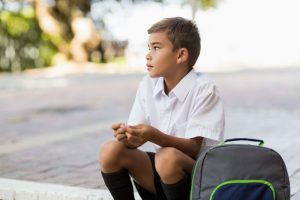
Durie says the schedule may change with the seasons, which reflects both te ao Māori and a “practical perspective”.
“From the months of February and March, it’s stinking hot. And even though the buildings will be air conditioned, nobody wants to be in a class for five hours of the day continuously. So, breaking up our day to have three hours of education with a strong focus around core requirements, then being out on 400 acres of farmland getting involved in cultural, educational, sporting opportunities and allowing our boys to be out and be active in those spaces, [enables] learning in a more dynamic way.
“In the evenings, we will bring learning in some other areas around digital tech, arts, music.”
Durie says TIPENE | St Stephen’s School will focus on creating strong outcomes for boys, as mainstream schooling sees lower outcomes generally for boys, and particularly Māori boys. The team have been workshopping ideas on how to tailor learning for boys to uplift outcomes, and particularly for Māori boys.
Durie notes that Māori boarding schools have historically achieved some of the highest academic results, proving that “Māori kids can achieve and they can excel.
“We want to bring that experience and knowledge into the mix of what we’re doing as well, to start with the belief that our kids have got enormous capacity and we should work towards [excellence].”



